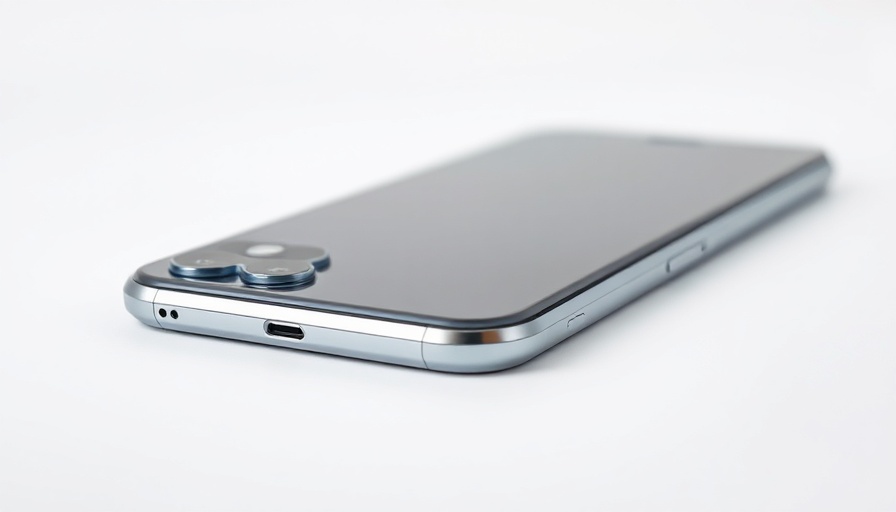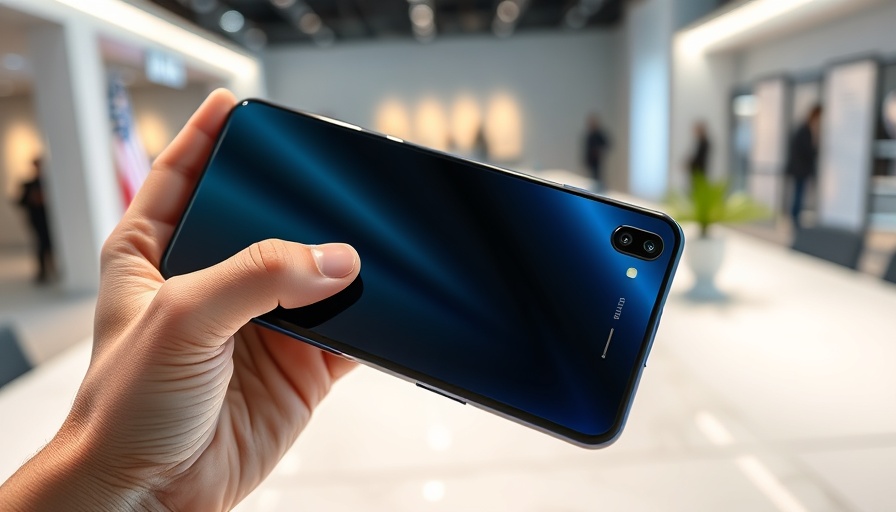
The End of an Era for Compact Smartphones
Apple has officially announced the release of its new smartphone, the iPhone 16e, which signals a significant shift in the world of mobile devices—the end of small smartphones. With a sleek design featuring a 6.1-inch OLED display, Apple’s latest offering highlights the growing preference for larger devices as consumer interest in compact phones continues to wane.
What to Expect from the iPhone 16e
The iPhone 16e, which replaces the iPhone SE, boasts a number of impressive features, including Apple’s A18 chip, a 48MP camera, and a modern design devoid of the now-outdated home button. Priced at $599, it’s a noticeable step up from the SE, which was available at $429, reflecting Apple’s strategy to cater to rising production costs and global market pressures.
The Consumer Shift Towards Larger Devices
This new model illustrates a broader trend where small devices are becoming less desirable. Notably, Apple previously discontinued its iPhone mini series due to low sales. The growth of larger displays has been more than just a stylistic choice; it aligns with consumer demands for larger screens that enhance viewing experiences for everything from streaming videos to gaming.
Implications for the Smartphone Market
The shift toward larger smartphones is also indicative of a strategic move by Apple to penetrate international markets where compact phones have traditionally thrived. The introduction of the iPhone 16e raises questions about what the future holds for small phone offerings as Apple aims to capture a larger share of the competitive global smartphone market, particularly in key areas such as China.
Conclusion: A New Standard in Consumer Technology
The iPhone 16e reflects a decisive moment in the evolution of consumer technology, one where size indeed matters. Enthusiasts of smaller phones may lament the loss, but for Apple, addressing consumer preferences with innovative technology and design is paramount. As we move forward, the market may continue to skew towards larger devices, leaving the compact segments behind.
 Add Row
Add Row  Add
Add 




Write A Comment